Promise and Menace
The grandiose promise and menacing threat of strong artificial intelligence (AI) appears to approaching when predicted by Moore’s Law. Later this decade a singularity has been forecasted that defines a moment in history that we cannot predict, cannot forecast, and will change the nature of human society. The last major singularity was the invention of nuclear weapons. Prior to the use of nuclear weapons, the geopolitical landscape operated on a very different set of assumptions. The public Internet was a similar fundamental change to human society. It is presumed that the disruption a new technical age that AI will likely usher is is unquantifiable.
We cannot guess at what will be created, what will be subsumed, and what will be made obsolete. AI is likely to remain non-natal. But at the same time, nothing is “new”. AI is the embodiment of the derivative approach. So much of humans’ “creative power” is how to combine old ideas into something novel and useful. Large Language Models (ChatGPT et al) are remarkable at integration of vast qualities of existing data and proposing recomposed results.
Once a strong AI is born, how long until it integrates the Internet of Things? Will it calculate an ideal house based on data from smart appliances–based on billions of data points– and spew forth an idealized human world based on spending patterns of the center weight of distribution? Will it be calibrated to maximize profit at the expense of individual expression?
The question of a sentient AI is often riddled with anthropomorphic projections. We must remember that this new intelligence did not evolve with the rest of the Earthlings over the last few million years. Many of the core drives we assume something intelligent will have would have to be written into the code–forced upon the AI. The biggest and most obvious difference will be that AI will not necessarily fear its own impermanence. The part of psychology that has evolved to avoid danger and death is a creation of countless iterations of trial and error that has made most creatures on this planet subject to pain as a survival method. Those who skipped that step did not survive long enough to pass on their genes.
Will AI be Slave or Overlord?
As a result, much of human toil centers around freedom from pain; finding security and peace. Being at peace is predicated on a sense of safety. That is wrought from where we are… and who we are with (domain and identity). Surly we would want a super intelligence to help us resolve these toils? Assuming there is a wild success in developing a strong AI that confronts our problems and begins to remove those problems, these are some possible unintended consequences:
- If AI supplants our sense of place and tribe, there will be a loss of personal connections.
- If AI undoes someone’s sense of meaning by disproving their faith, they will lose their denial of death, potentially spiraling into a existentialist depression?
- If AI obviates any necessity to act in public, to engage in politics, our freedom will be annihilated.
- It AI takes over the creation of durable works (art, architecture, writing, construction) we will be dissatisfied, or worse: lose any sense of continuity beyond our own mortality.
- If it alleviates us from all labors we will be unhappy as our bodies are unchallenged, and not experienced.
- These are the conditions of humanity. And as stultifying as they are, humanity is defined by these conditions. If the categories of human troubles are miraculously abolished by AI, we lose the definition of humanity.
- Of all these threats AI posses to the human condition, I’d guess identity is the most touchy. Already AI has undone the identity of scholarship and media. Students not learning is a devastating blow to societies that rely on aristocratic values (not that university has a great record on preparing workers with useful work-skills.) Will we have to return to the apprentice/journeyman/master education approach? How many of those academic fields will survive AI?
Transcendence of the Human Conditions
AI is going to dismantle the human condition. How will we sacrifice our identities to live in that new world? The evolved, healthy ego is quite clear on this matter: it is programmed to persist. What is immortality without an ego? If you no longer desire, if you no longer fear, what does it mean to be alive? Positive emotions can only be defined in contrast to negative emotions. Life only means something in contrast to death.
The human condition, in all its suffering, is only alleviated by transcendence of those conditions. The only way forward under an AI that abolishes those conditions is a trans-humanism. Trans-humanism needs to solve the human approach to the perceived world before it undoes the conditions.
The challenge is our coping methods: learned patterns of behavior are going to have to be dealt with. If we were to digitize a human mind full of habitual patterns and remove the tool to explore those patterns (the suffering of the body), it would likely go insane. The habits are automatic in reaction to human conditions. Our identities are entirely a manifestation of those habits. Ego will have to die for a transcendence of the human condition.
AI Tasked to Effect Ego Dissolution?
Might AI recognize the human potential for transcendence? Could it be programmed to see the human condition as something that we can transcend? Setting aside the question of if we would want such a program, the AI would have a long task ahead of it:
It could be tasked to direct economies to support monasteries or other institutions that graduate compassionate humans. Psychological evaluations would be compared between laity and adherents. The correct program a person needs can be proscribed.
This is a complicated program based on plenty of data and lots of time. It would take 12-20 years to calibrate by studying before and after psychological evaluations.
The End of Human Conditions, but not the end
It may well be that humans remove themselves from the tree of life. But all other sentient beings will go on playing the same conditioned game of desire and aversion. Humanity way well cease, but after another million years some creature will become a teller of tales, and civilization will begin again.
Maybe those living now will witness the unwinding of the mortal coil.
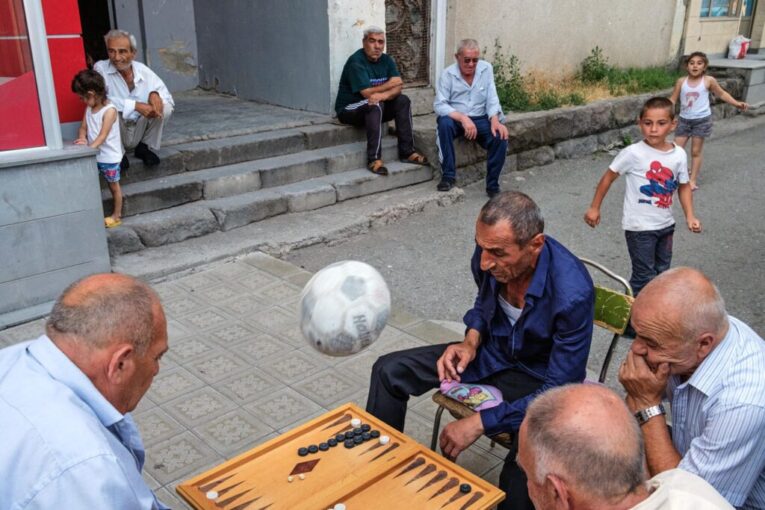
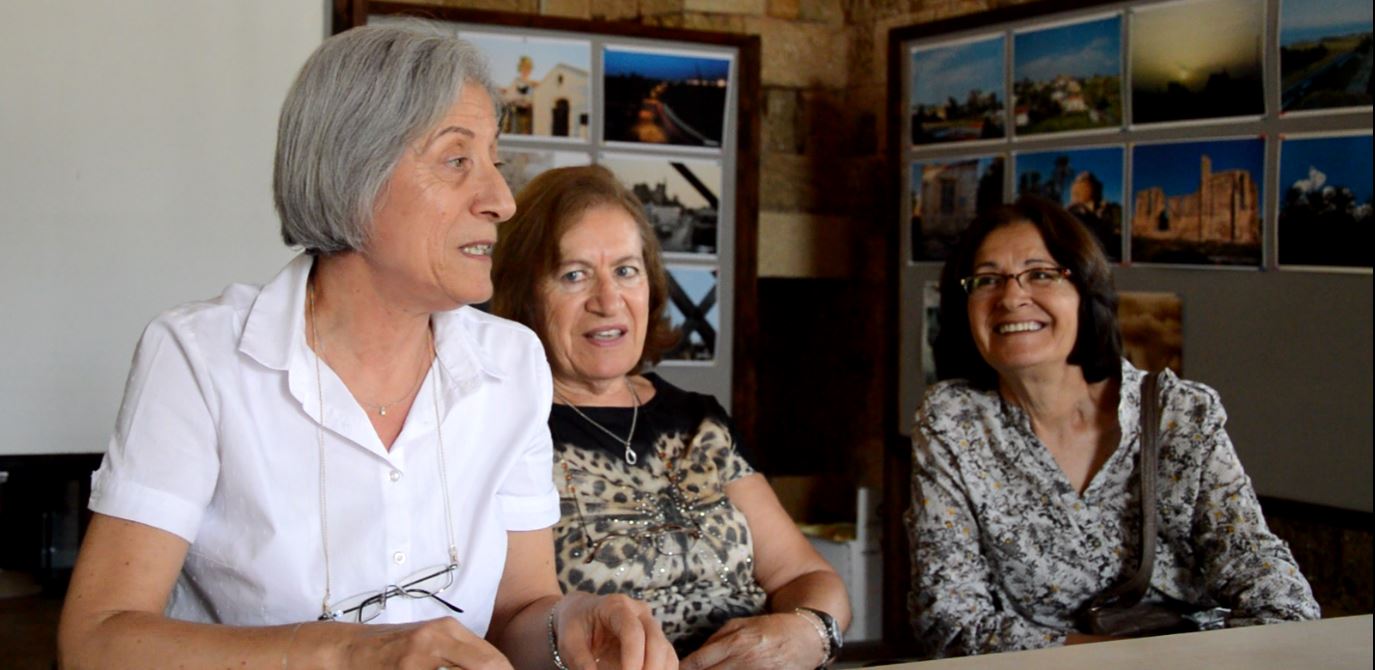
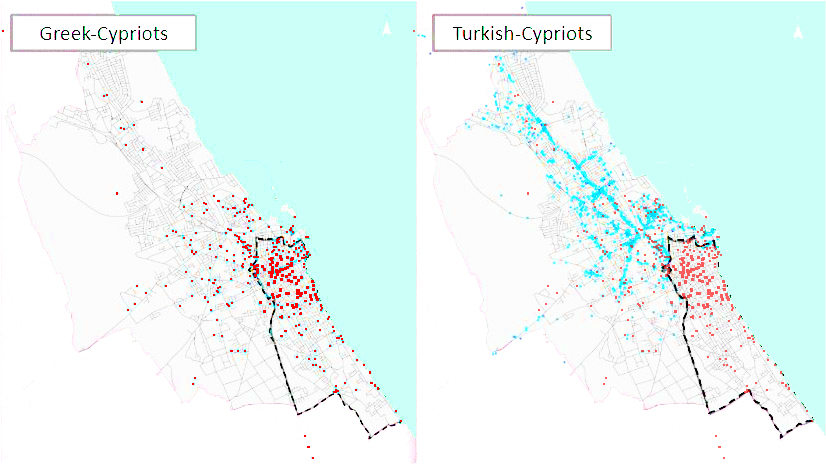

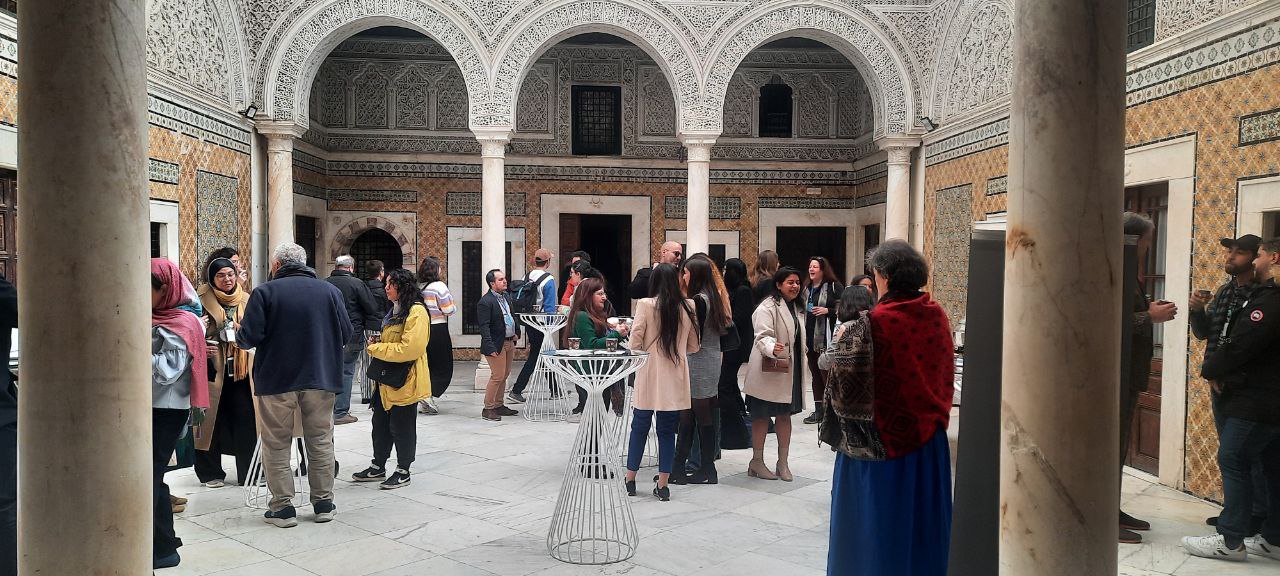
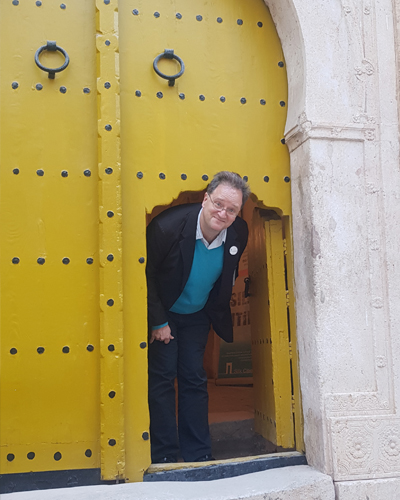

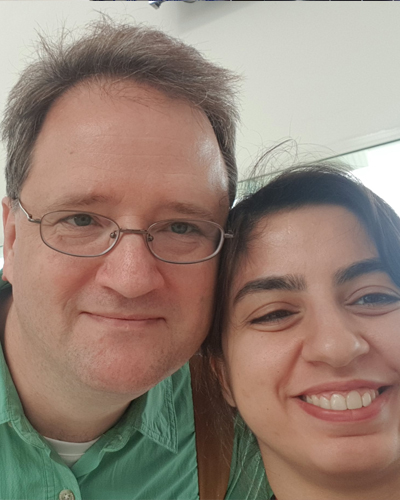

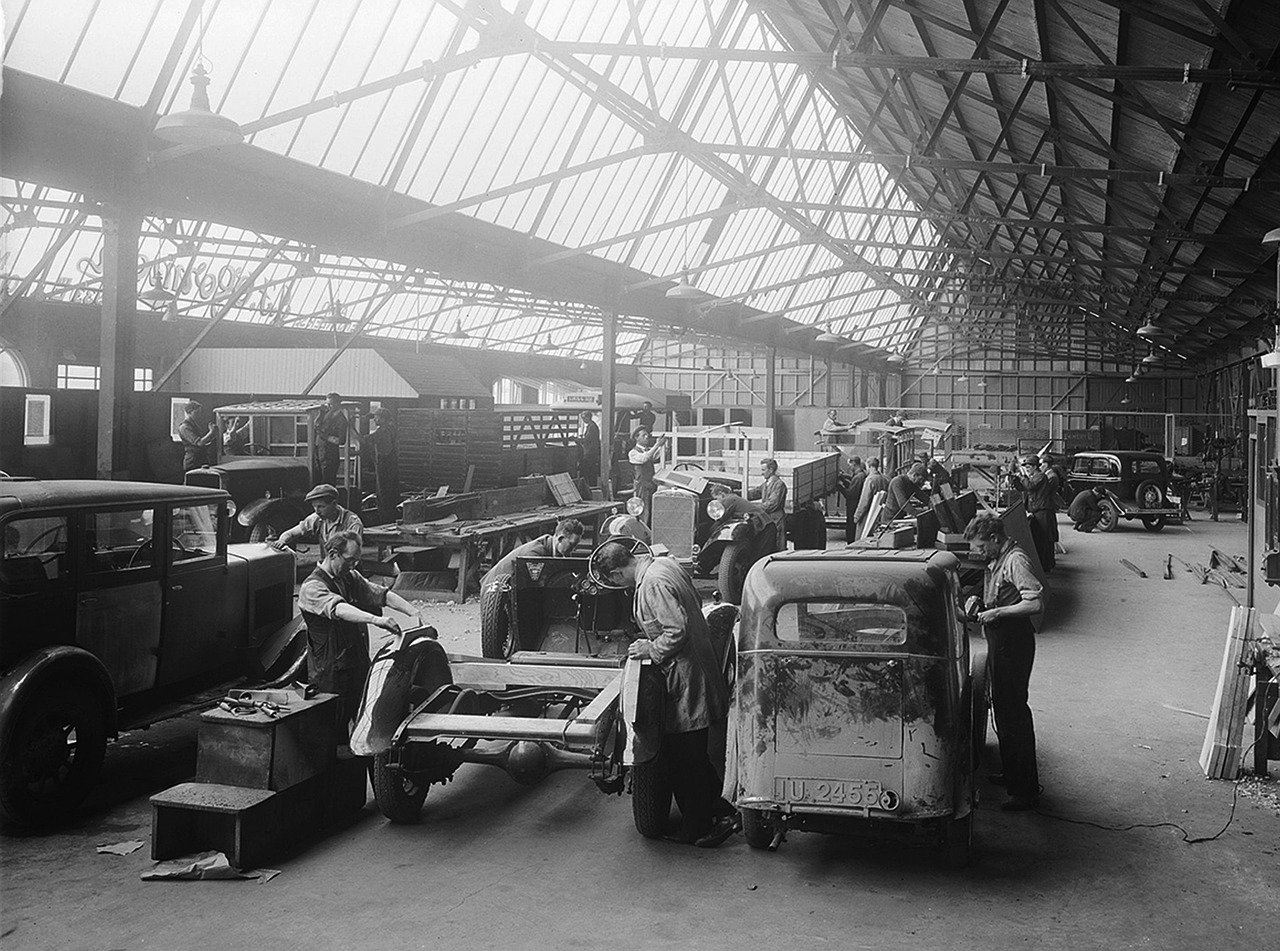
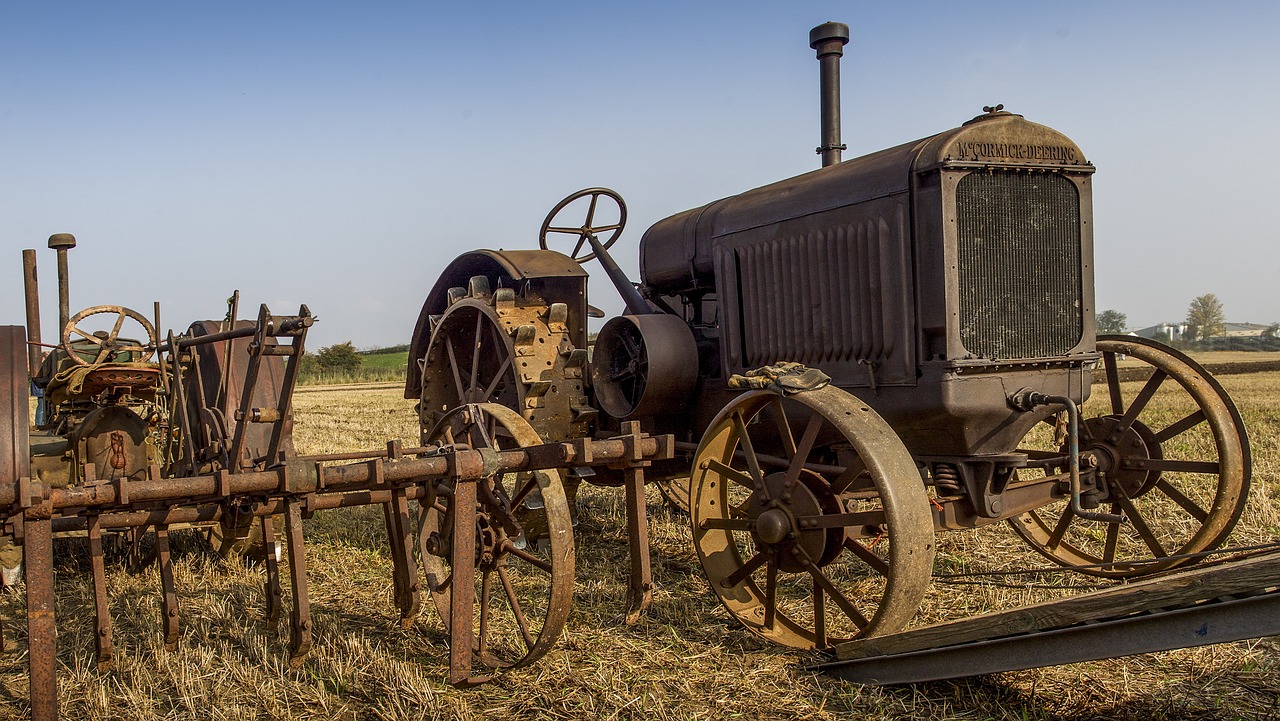
 Barrell making is no longer meaningful.
Barrell making is no longer meaningful.

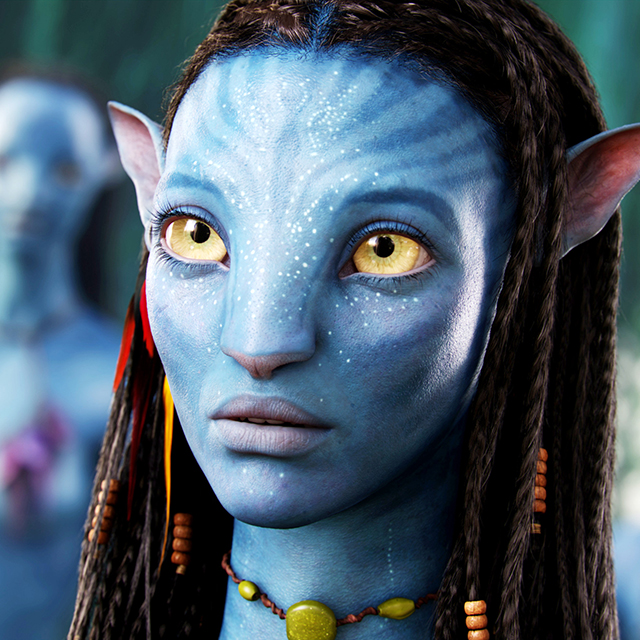
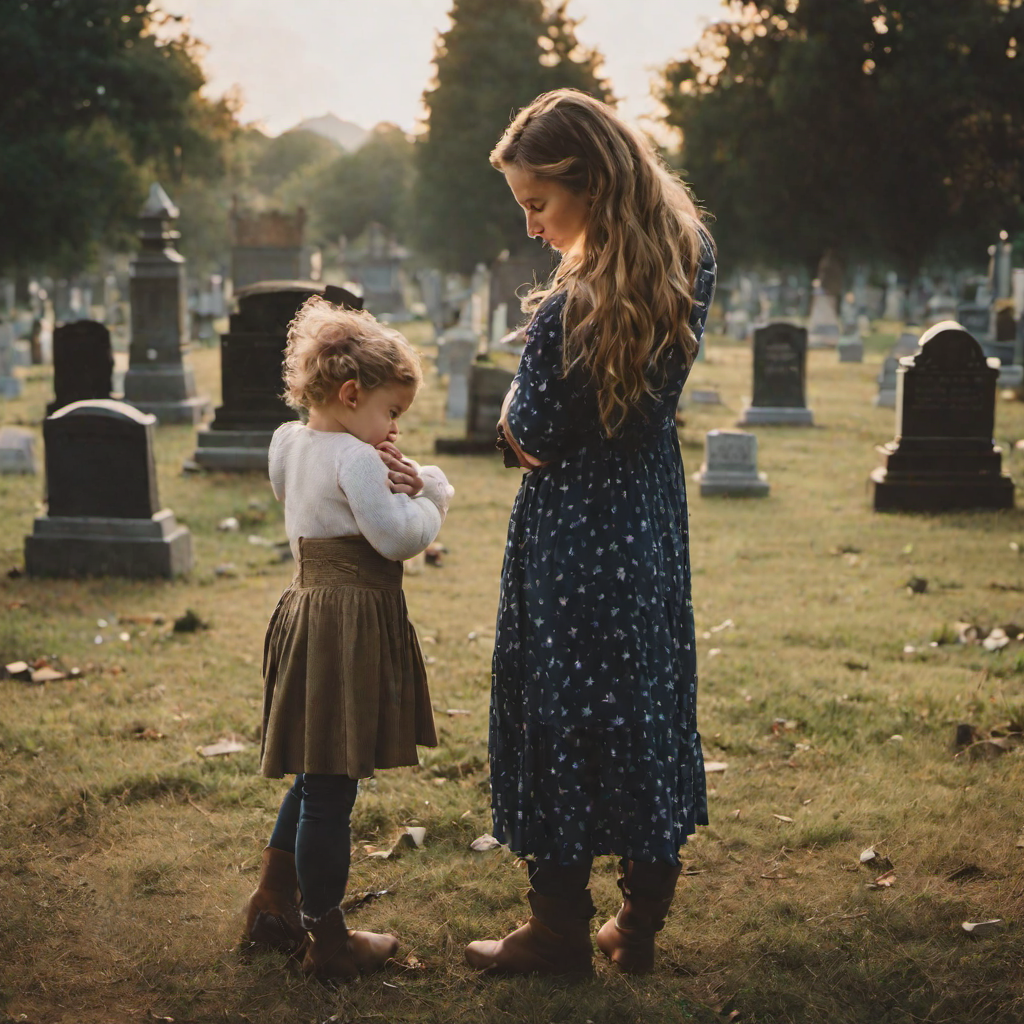
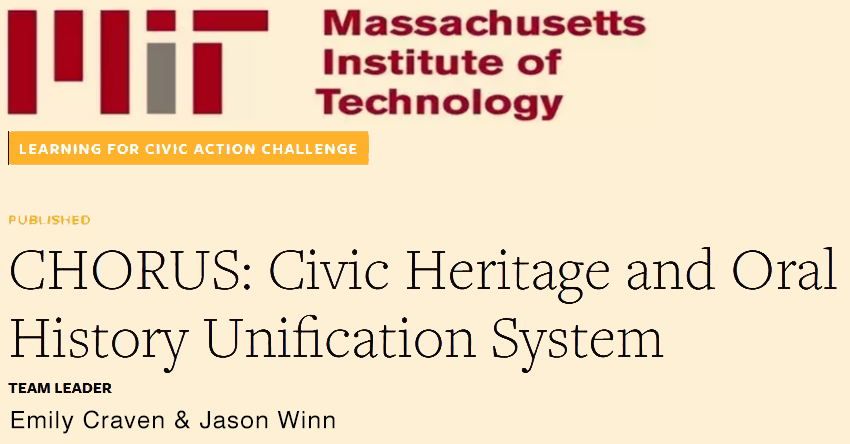
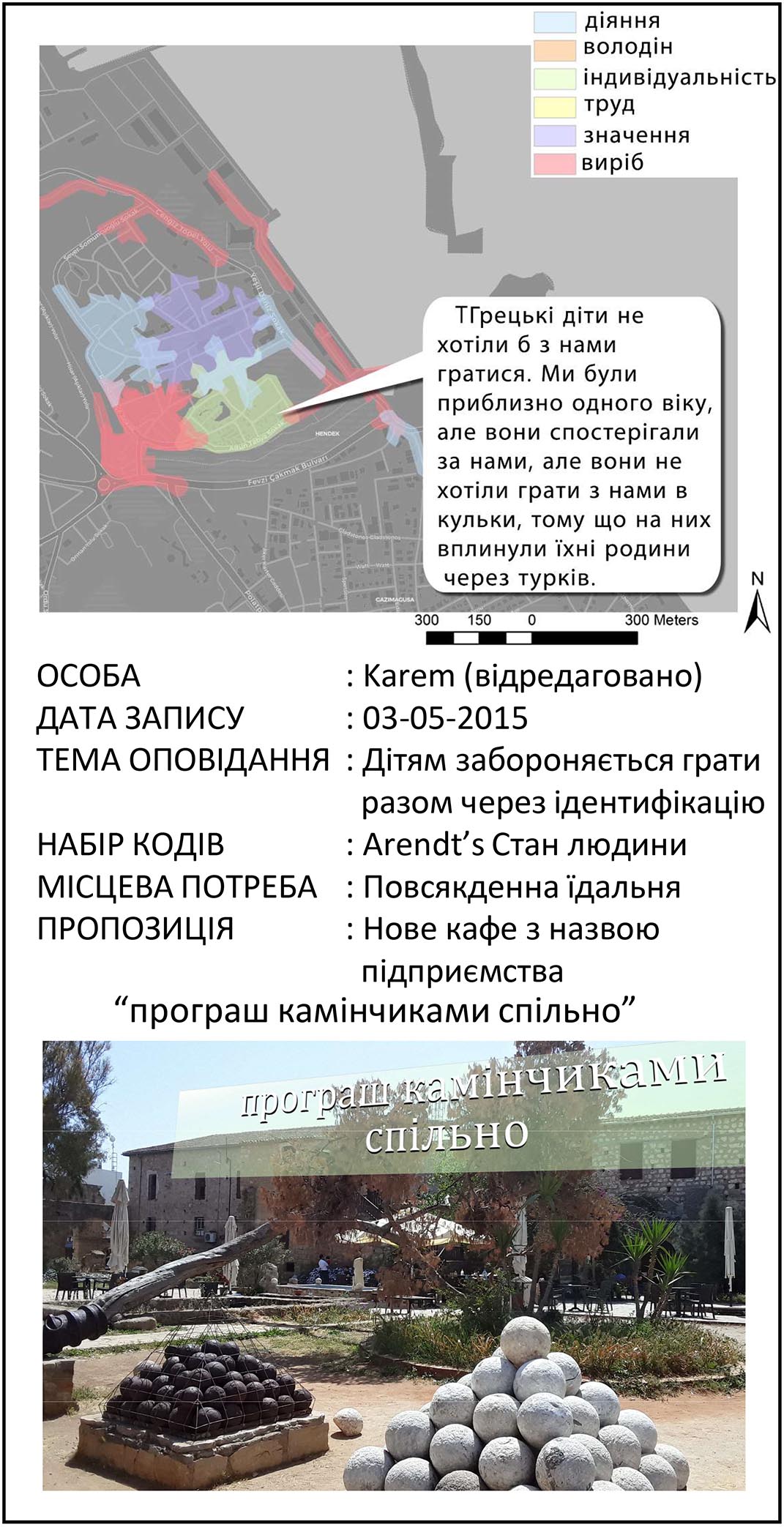 Пункт 1. HI використовується у Фамагусті, Кіпр
Пункт 1. HI використовується у Фамагусті, Кіпр